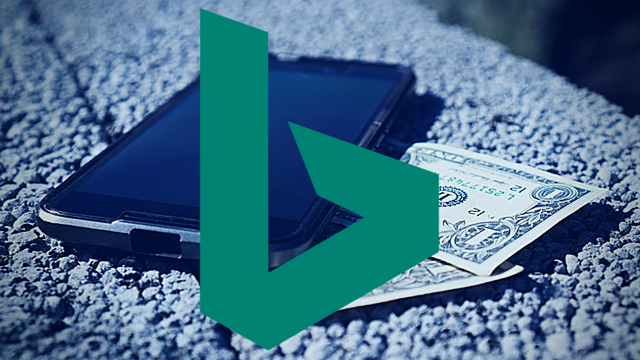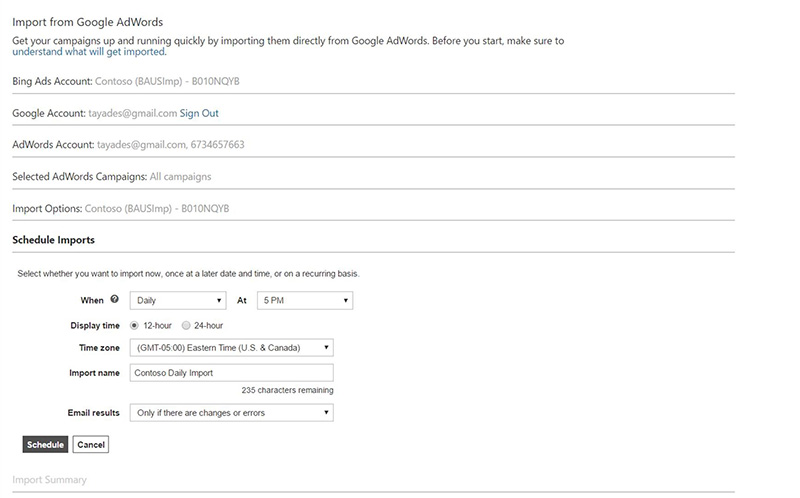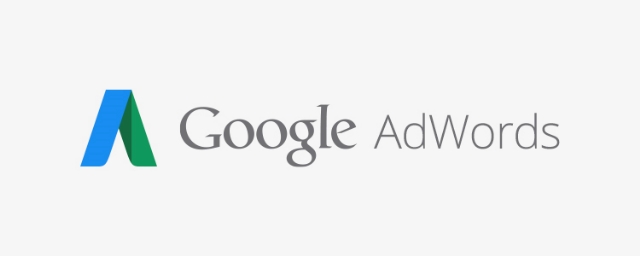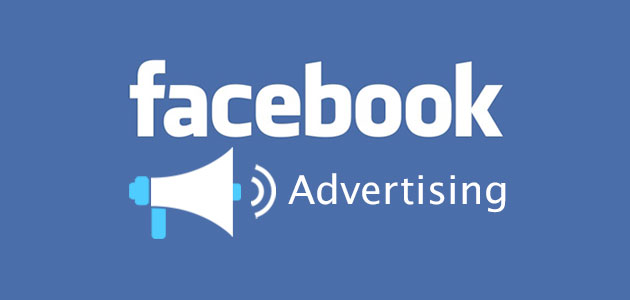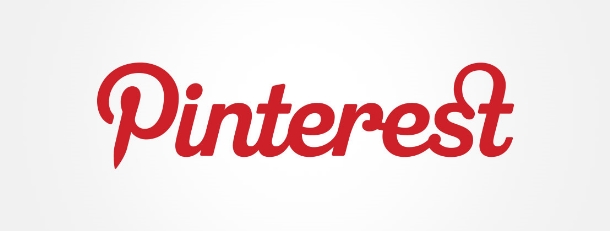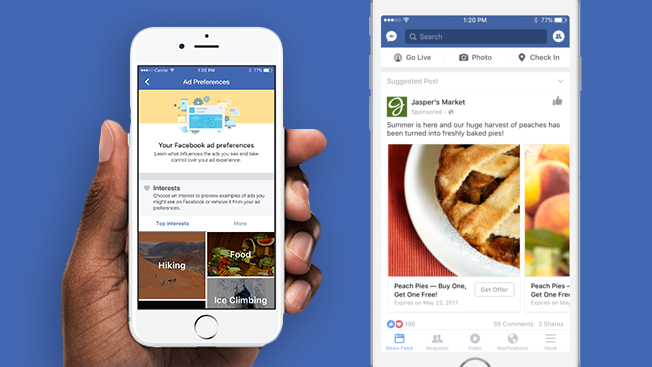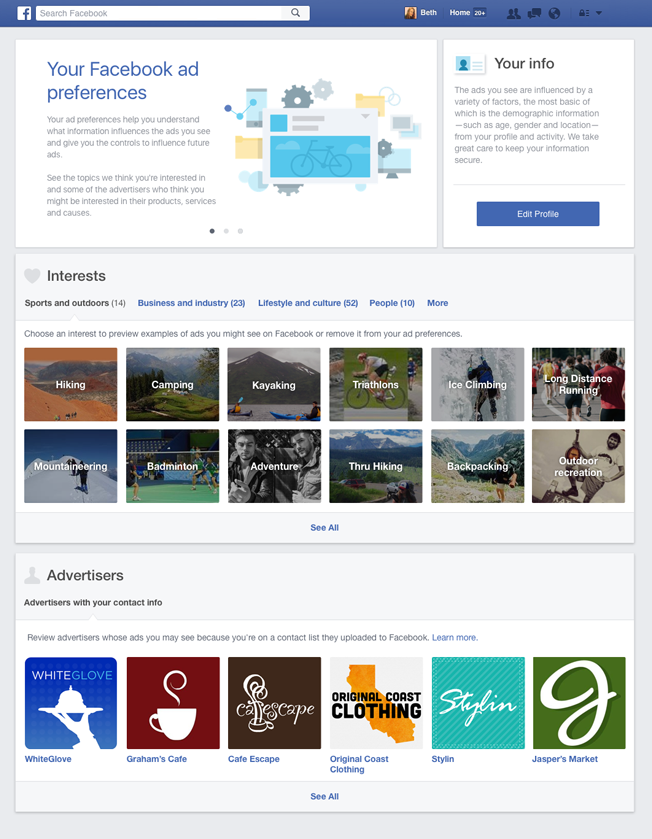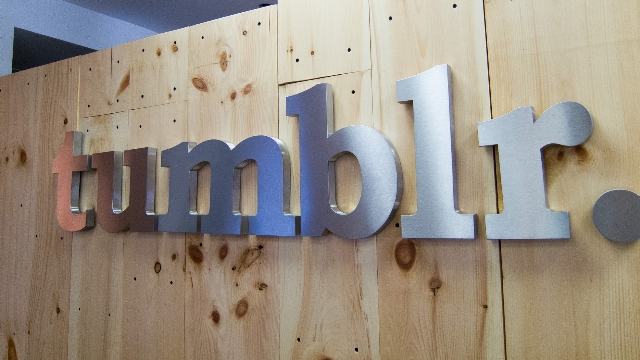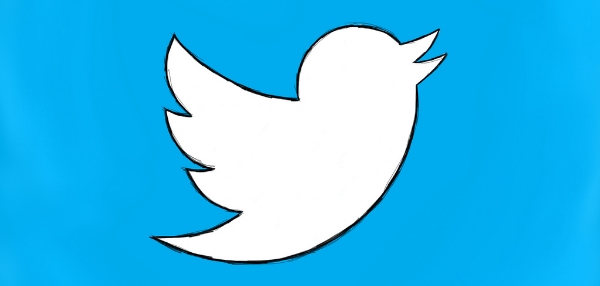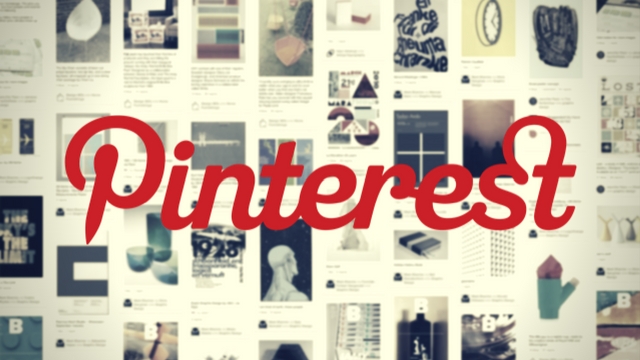
Pinterest has been teasing its leap into search advertising for months, if not years. While the company is still yet to open its search advertising platform for all businesses, it continues to test search ads with a limited number of partners.
Now, the company says it will open its ad product to a wider number of advertisers and indicates it is getting ready to expand further.
As the announcement points out, Pinterest currently reaches over 150 million unique monthly users around the world, with over half of its users residing outside America.
“When people come to Pinterest, they’re starting earlier in their decision-making process,” said Jon Kaplan, global head of partnerships at Pinterest. “We saw this with the holidays — people were pinning holiday ideas as early as August. For brands, the implications to our business, that’s an amazing opportunity to reach someone at the earliest stages of decision-making.”
To underscore that idea, Kaplan also points out users conduct over 2 billion searches on Pinterest a month – making up approximately half of the site’s activity.
According to Kaplan, the thing that separates Pinterest’s ads from other platforms is the visual nature. While services like Google deliver text rich ads, Pinterest prefers to let pictures do the bulk of the talking.
“When you search for something like modern furniture, a lot of times a text query doesn’t capture the nuances of your individual tastes or what you actually want to see. So having something that’s visual in nature for a lot of different queries is actually the most powerful way of demonstration or displaying.”
In the past, Pinterest allowed advertisers to target ads using keywords such as “furniture,” which would show ads alongside the site’s relevant organic content. Now, the company says the ads will appear immediately after a person enters a search term.
For now, the social media platform is still limiting its search ads to its partners and companies advertising through the Kenshoo marketing suite. However, it says it plans to eventually offer an open self-serve digital ad service, similar to Google’s.

